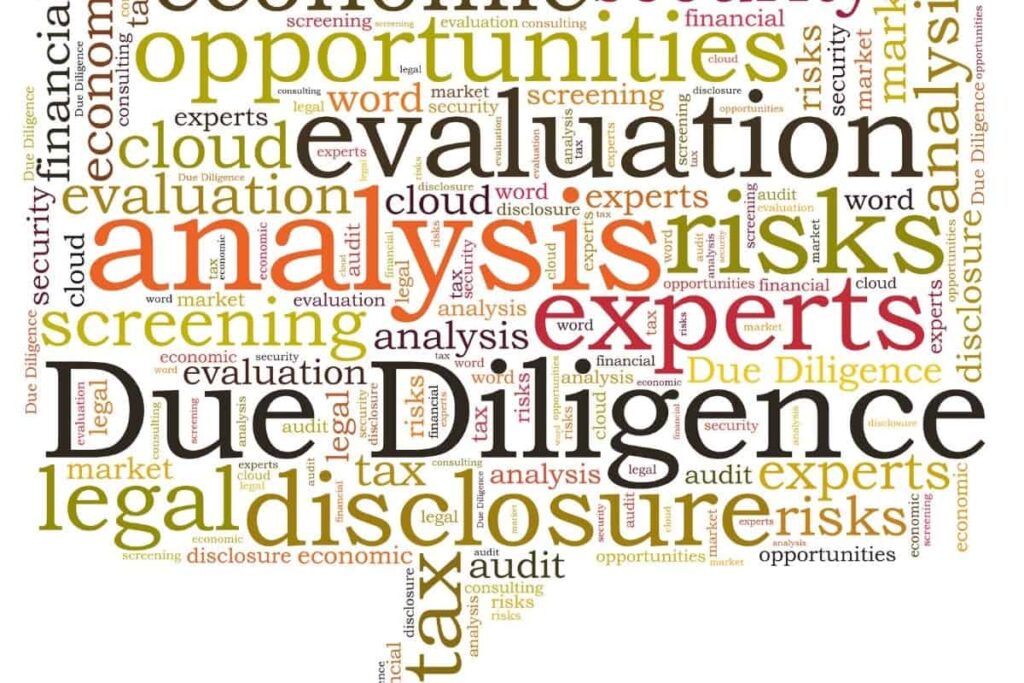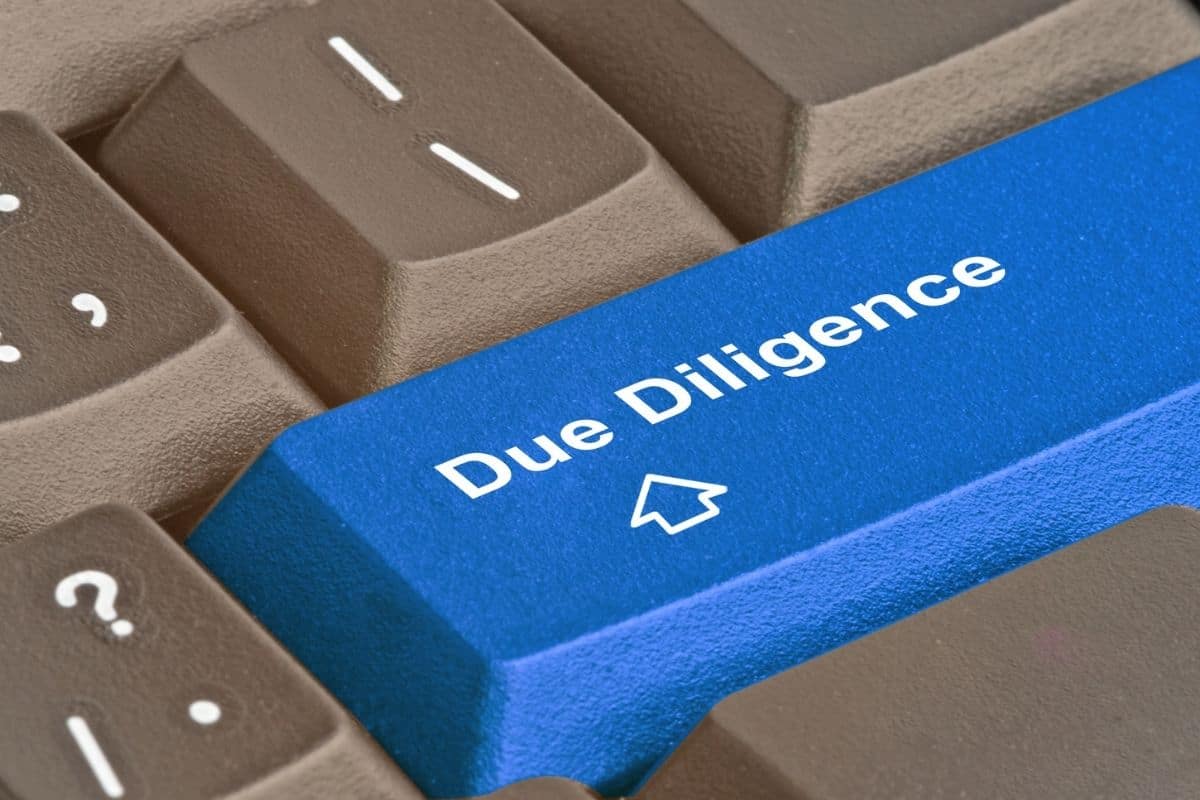Over the past year, you may have seen the letters “DD” more than any ticker symbol. What does DD mean and why is it so important in the world of stocks and shares? That’s what we’re covering today.
You’ve probably read DD already without even realizing it – it’s very fundamental to an investor’s decision to buy or sell their stock.
Below you’ll find out what DD means, why you should familiarize yourself with it, and how to create some DD of your own to share with others.
What Is DD?
There are many fancy abbreviations and acronyms in the stock market. Fortunately, DD isn’t one of those. It just stands for Due Diligence, which is a business term where somebody does research before committing themselves to something, legally or financially.
So, in the world of stocks, this is where somebody audits a company and how its stock has been performing. The findings inform whether the investigator holds, sells, or buys more of the stock. It is a voluntary investigation that can be for the benefit of themselves or shared with others.
Nowadays, findings are usually wrapped up with a neat bow and presented to fellow retail investors through forums oriented around investing.
While the term “due diligence” has been in use for almost a century, many people were exposed to the term “DD” from it being posted on forum sites like Reddit.
Some pieces of so-called DD gathered international media attention in early 2021 when they paid off big time, through a series of short squeezes.
So what does a DD cover? Well, that’s what we have covered further down this page. In short, it reviews the company’s performance, current financial records, any recent disclosures, and anything else that is of investor interest.
DD is voluntary but, if you want to know your investments and be one of the best investors out there, you’ll need to put in the research.
Seven DD Steps

DD can be as shallow or comprehensive as you want it to be. In fact, many forums offer irrelevant or humorous coincidences as if they are DD, as a joke. While that’s great for an in-joke based around your most bullish stock, it pays to do your research properly.
You’ve only just learned what DD means, so you probably don’t know how to do DD of your own. That’s why we have seven things you should check out to get started analyzing potential investments.
You don’t have to do them all when performing DD, only as much as you need to come to a bullish or bearish conclusion.
We have ordered them so that they flow naturally, gradually building your knowledge base around the investment without jumping from resource to resource, which can get confusing.
With that understood, let’s start with our seven steps to get started with DD. You can go a lot deeper than these steps but this is a start.
Market Cap
First, you should always seek out the market capitalization of your chosen company. This is the best way to find out the size of a company, which is done by figuring out the total price of all outstanding shares on the market.
Companies are split into large-cap, mid-cap, and small-cap based on that figure.
From this, we can draw some tentative assumptions about the company. For example, a larger-cap company probably has an entire boardroom at the helm, so the ownership is broadened and it’s likely to experience less volatility.
Mid-cap and small-cap investment opportunities may flirt with volatility more and their success (or failure) is in the hands of fewer people.
Revenue & Profit
Next, check out the revenue and profit. These are often considered two of the most important metrics for the current performance of a company. After all, if they’re not making money, why should you invest in them?
There are many websites where you can enter ticker names or symbols to get a detailed rundown of its financial past. Are they reporting record profit? Or have they been on a downturn since 2010? Pour over these historical charts to see where the stock has been.
Pay close attention to the price-to-sales ratio and the price-to-earnings ratio, or P/S and P/E.
Industry Environment & Competitors
This one probably came to mind already – it’s analyzing the state of the industry and whether they have any competitors that are posed to take them down. Know the two or three largest or most threatening competitors and keep up to date with their work, too.
With most of the following steps, you should also be analyzing your chosen competitors to see how they match up to your potential investment.
Ownership
Next, you should scope out the ownership of the company. These are the people who hold the most shares, from the C-suite to private whale investors. Is the company still run by its founder or has it shuffled a lot of people around?
The age of the company is important too as it determines how many founders and original staff are around.
Check the bios of the CEO and other relevant individuals to see what they are about. Many investors are swayed based on who is heading the company and the lofty ideas they have.
Check how much of the float is being held by institutions and other private firms. High personal ownership is a bullish signal – after all, why would a C-suite exec take payment in shares if they expected them to crater?
Balance Sheet
One of the best documents to see an overview of a business is its balance sheets. These will detail the company’s assets, liabilities, and cash levels. Having a lot of cash is great for a company, especially if they are clear of long-term debt.
Some industries demand more capital than others while some can be quite basic. Check out the debt-to-equity ratio to see how much positive equity a company has, then compare it with the competitor’s balance sheets.
Check the last few years of balance sheets that have been released by the company. Look for any drastic changes in their assets, liabilities, or stockholder equity in the company. These can signal turnarounds for flagging companies or the flagging of a successful one.
Often, they’ll include information in the footnotes about why certain changes have occurred between quarterly and annual financial balance reports.
Money being spent isn’t necessarily a bad thing. If a business has exhausted a lot of its liquid cash, it may have acquired another business or expanded somehow and could earn even more next quarter/year.
Of course, it’s your job to trawl through media reports and trademark filings to verify any potential partnerships or acquisitions.
Expectations
These are other things that may be happening in the industry that gives you a bullish or bearish sentiment toward the stock. For example, the release of new video game consoles consistently sees investors pile into relevant stocks, expecting upward movement.
It’s the most speculative part of DD and often looks at media reporting instead of SEC filings.
Risks
Any balanced DD also details the points that can be seen as bearish toward a stock. List outstanding issues that could interfere with the investment opportunity, like any regulatory issues, problematic management, eco concerns, or long-term concerns over the company becoming stagnant and not embracing new tech.
Play the devil’s advocate.
Conclusion
Now you should understand what DD is. Not everybody writes their own DD, of course, and there are many places where other people’s DD can be found online. That said, you should research all of your investments before putting your own money on the line.
